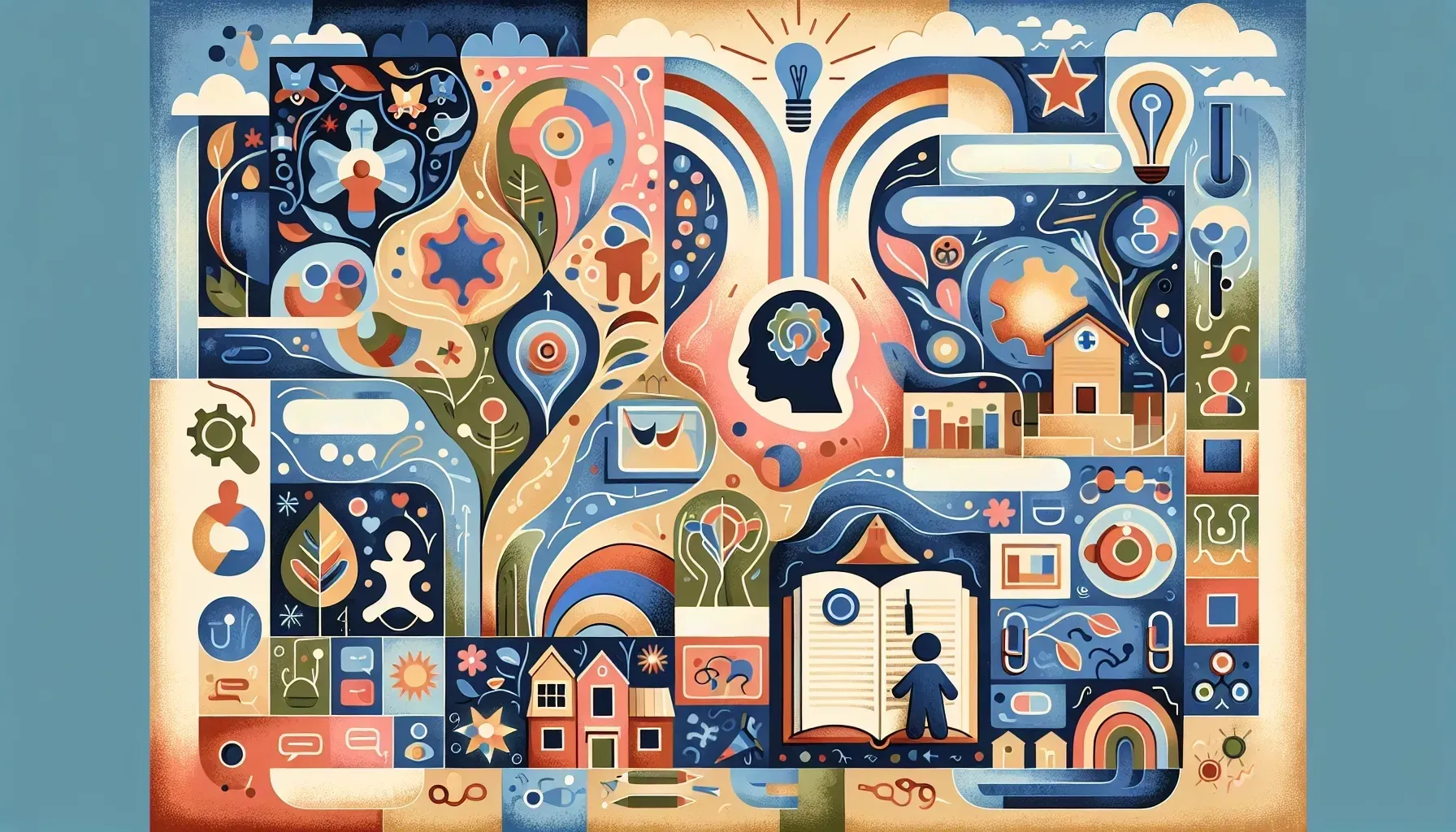School Days Simplified: Tailoring Education Plans for Autistic Students

Autism is a spectrum condition, and each autistic child's needs are unique. Creating tailored education plans to support their academic journey is crucial for their holistic development. From collaborating with educators to embracing technology as a teaching tool, we explore the innovative approaches shaping the future of education for autistic students.
In recent years, there has been a shift towards personalized learning experiences, and this extends to autistic students through Individualized Education Plans (IEPs). These plans are tailored to meet each child's specific needs, strengths, and weaknesses. Educators, in collaboration with parents and specialists, ensure that these plans address academic, social, behavioral, and emotional aspects. The future holds promise for even more individualized approaches, bringing forth a deeper understanding of each student's unique requirements.
Creating Individualized Education Plans for Autistic Students
Sensory processing issues can significantly impact an autistic child's ability to focus in a traditional classroom setting. Addressing this challenge involves incorporating sensory breaks into the school day. Breaks that involve movement, tactile experiences, or quiet spaces provide opportunities for sensory regulation and emotional self-regulation. Looking ahead, we expect to see further integration of sensory-friendly environments in educational institutions, enabling autistic children to thrive in dynamic learning settings.
Incorporating Sensory Breaks to Enhance Focus
Routine and predictability play a fundamental role in creating a conducive learning environment for autistic students. Predictable schedules and transitions offer a sense of security and empowerment. As we look to the future, educators will continue refining strategies to establish consistent routines while promoting flexibility, acknowledging that each student may respond differently to routine changes.
Autism encompasses a broad spectrum of abilities and challenges related to learning and communication. Educators are increasingly recognizing the need to adapt teaching methods to accommodate diverse learning styles within the spectrum. Visual supports, assistive technology, and differentiated instruction are becoming integral parts of the classroom experience. The future holds promise for further advancements in tailored teaching strategies that cater to the varied needs of autistic students.
Related Article: Autism and Education: Enhancing Learning for Autistic Children
The Importance of Routine in Classroom Settings
Social interactions present unique challenges for many autistic children. Educators are proactively fostering environments that promote positive peer interactions while respecting individual differences. Future trends suggest an increasing emphasis on social skills development programs tailored specifically for autistic students, encouraging empathy, understanding, and meaningful connections within the classroom.
Adapting Teaching Methods for Diverse Learning Styles
Technology continues to revolutionize education for autistic children. From communication apps to interactive learning platforms, technology serves as a powerful tool for enhancing engagement and fostering skill development. Looking forward, we anticipate continued exploration and development of innovative apps and devices uniquely designed to support autism education, catering to various learning styles and levels within the spectrum.
Navigating Social Dynamics for Positive Peer Interactions
Parents play a pivotal role in advocating for their child's educational needs. Future trends indicate a strengthening partnership between parents and educators through enhanced communication channels and collaborative decision-making processes. Empowering parents with knowledge about available resources and their rights will continue to be a focal point, ensuring that schools remain responsive to the evolving needs of autistic students.
Transitioning to middle school marks a significant milestone for any child. For autistic students, this transition requires careful planning and support. Anticipating this need, educators will intensify efforts towards seamless transitions by implementing structured orientation programs, providing social support networks, and offering specialized resources tailored to middle school requirements.
Using Technology as a Teaching Tool for Autism Education
Celebrating achievements fosters a positive learning environment while building confidence and self-esteem among autistic students. In the future, we foresee an amplification of initiatives aimed at recognizing and showcasing the diverse talents and accomplishments of autistic students within academic settings. Such celebrations not only promote inclusivity but also help debunk misconceptions surrounding autism.
How Parents Can Advocate for Resources and Support
Embracing these future-oriented approaches ensures continuously improving educational experiences for autistic children within inclusive environments where their unique strengths are celebrated. As we anticipate these advancements in autism education, it is imperative to foster collaboration among educators, parents, specialists, and policymakers while embracing innovation in pursuit of holistic development for every child on the spectrum.
Frequently Asked Questions
Individualized Education Plans (IEPs) are tailored educational strategies designed to meet the unique needs of autistic students. They involve collaboration between educators, parents, and specialists to address academic, social, behavioral, and emotional aspects, ensuring a personalized learning experience that supports each child's strengths and challenges.
Sensory breaks are essential for autistic students as they help regulate sensory processing issues that can hinder focus. Incorporating movement, tactile experiences, or quiet spaces into the school day allows these students to manage their emotions better and enhances their ability to engage in learning activities effectively.
Celebrating the achievements of autistic students fosters a positive learning environment and boosts their confidence and self-esteem. Recognizing their diverse talents promotes inclusivity and helps dispel misconceptions about autism, encouraging a supportive community that values each student's unique contributions and successes.
Check Out These Related Articles

Learning Adventure: Creative Educational Approaches to Cater to Autistic Childrens Diverse Learning Styles

Educational Evolution: The Effect of Policy Reform on Special Needs Curriculum

Educational Leadership and Neurodiverse Learning Environments: Professional Pathways Focused on Inclusive Education for Autistic Children
